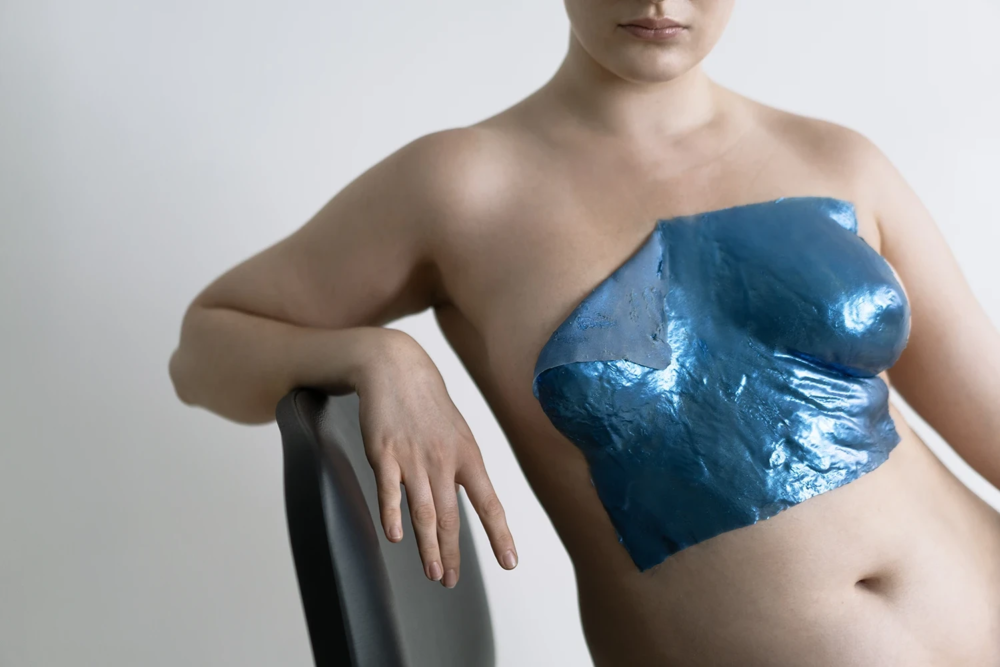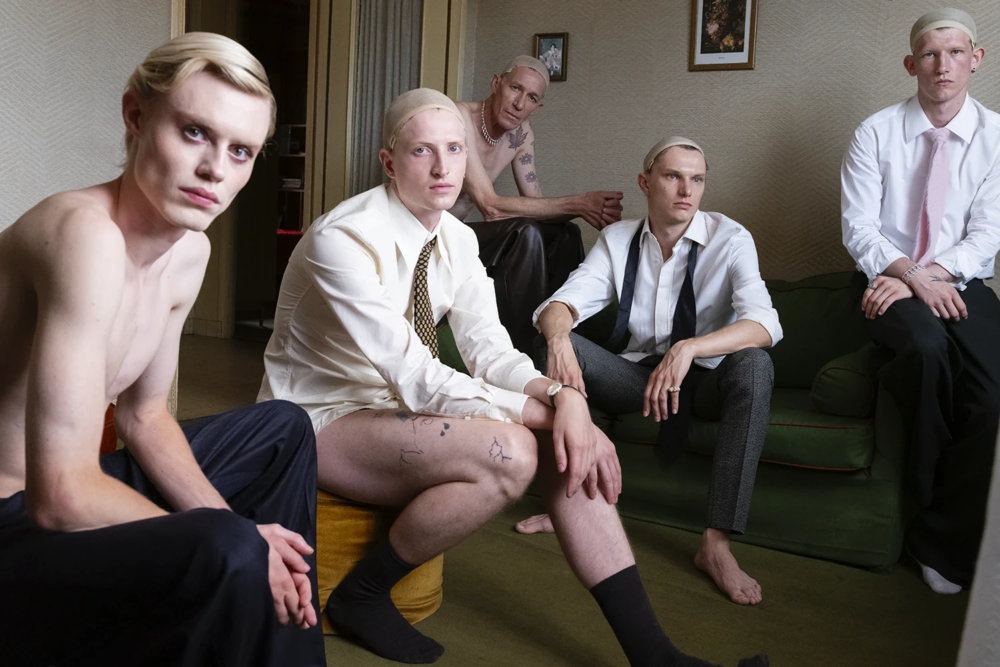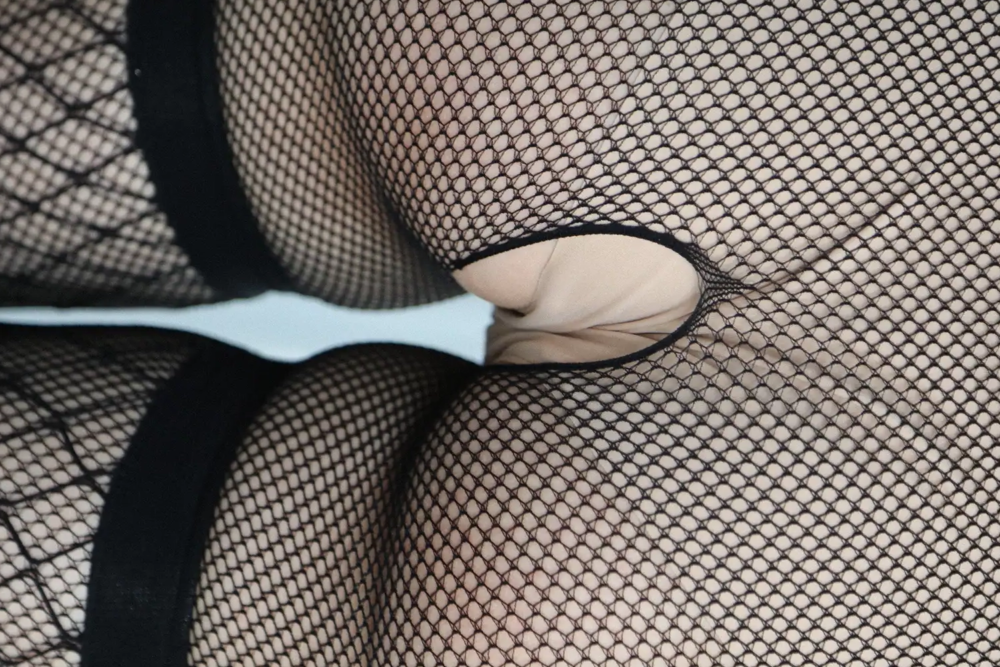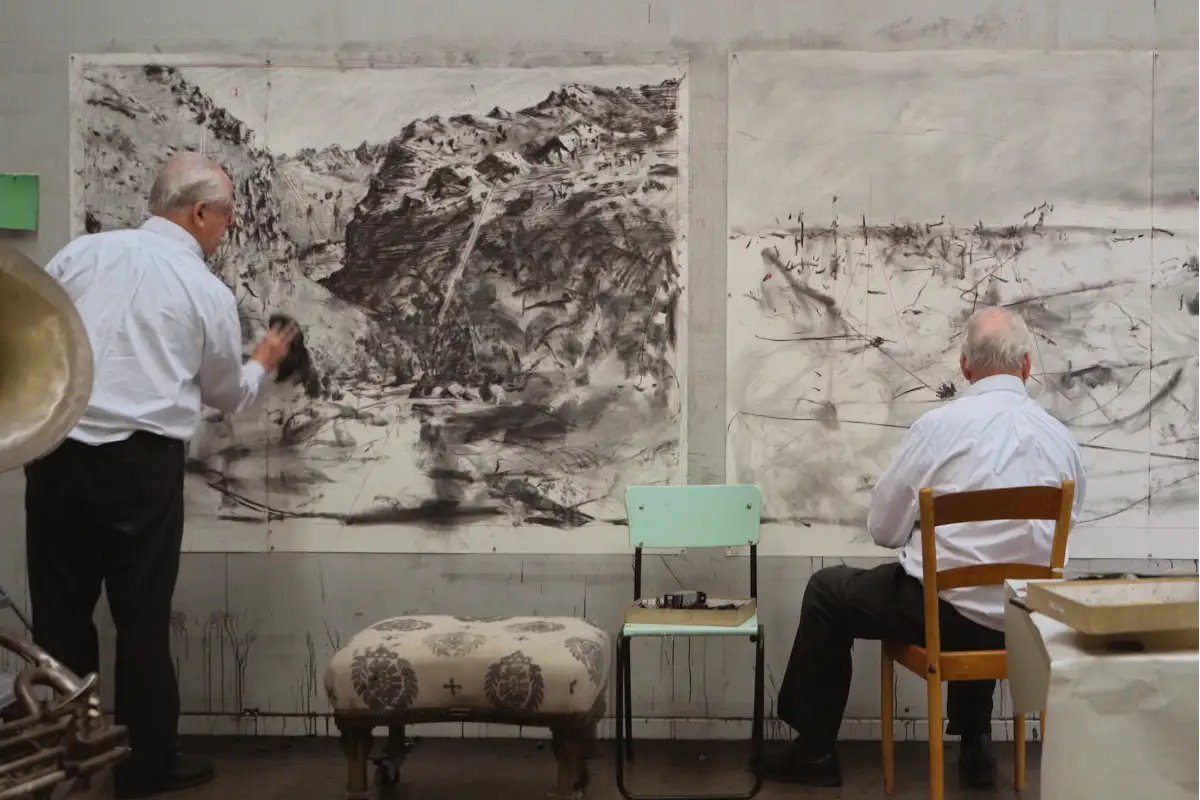
William Kentridge: «Identity is a continuous construction»
In Self-Portrait as a Coffee-Pot the South African artist reflects on humanity in a close dialogue with his alter-ego, a metaphor for the artist’s critical eye
William Kentridge’s intellectual irony in Self-Portrait as a Coffee-Pot
What is death? How is memory formed? What defines who we are? What weighs more on the scales: fate or will? William Kentridge asks these and many other questions in his latest project Self-Portrait as a Coffee Pot. With his usual intellectual irony, the South African artist does not intend to provide solid answers, but only food for thought which draws from historical events, philosophy, and mythology in equal measure.
The nine videos that make up the project act as a compendium of his artistic practice which merges video – in particular the stop-motion technique -, drawing, music, theater, and performance. As well as providing further proof of his boundless culture and acute observation of the world and human phenomena which make him not just an artist, but a contemporary intellectual.
The origins of Self-Portrait as a Coffee-Pot
Self-Portrait as a Coffee Pot was born during the Covid-19 pandemic and the resulting lockdowns enforced by the South African government. In the solitude of his studio in Johannesburg, Kentridge began to develop the concept of the project which materially developed in about three years, from 2020 to 2022 and completed in 2023. The studio thus became a metaphor for the artist’s mind, with its contradictions, fears, ghosts, disputes, and, above all, its continuous flow of ideas. As in his previous films, the meanings of the episodes are developed during the process of their making.
The series of videos provides viewers with a 360° view of the multifaceted nature of the Kentridge studio, which can be a solitary place, but also a «wild circus» devoted to collaboration: «Several things happen within my studio: drawing, video, and collaborative practices with actors, dancers, and musicians. It was important for me to also convey this collaborative aspect».
William Kentridge’s life in the studio: from 7 Fragments for Georges Méliès to Self-Portrait as a Coffee-Pot
«This is not the first time I talk about life in my studio through my art – explains the artist. In 2003 I made 7 Fragments for Georges Méliès, but this is certainly the first time I have carried out such extensive work on the topic». The 7 Fragments for Georges Méliès project was born from the artist’s curiosity towards previous works by artists such as Bruce Nauman, Jackson Pollock, and George Méliès, who depicted through video and performance their personal relationship with their studio, the place devoted to creation.
In this work, Kentridge directs the camera on himself, depicting moments of searching, doubt, and creative fervor. The work is a tribute to the famous French filmmaker, and to his role in defining the artist as a “magician”, capable of arousing amazement and wonder. Already in this series of videos, the artist focuses on the theme of memory, time, utopia, chaos, order, and everything that affects humanity every day.
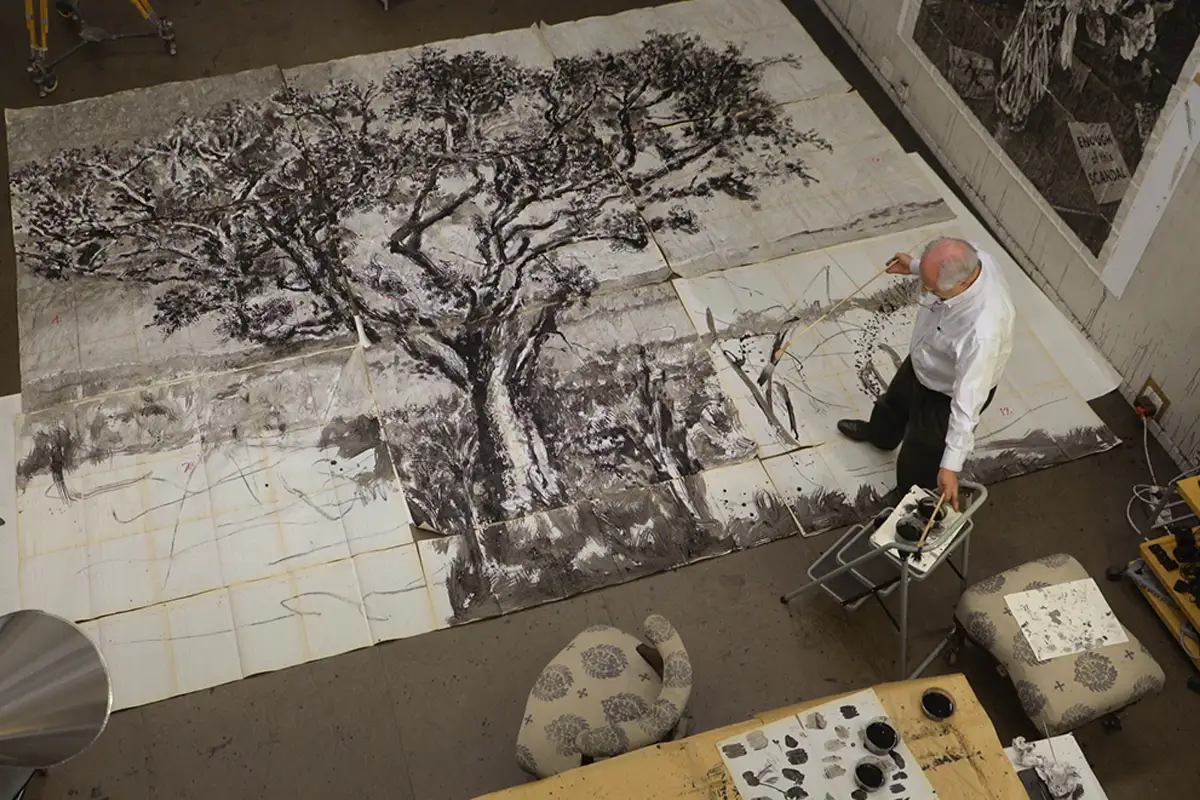
William Kentridge speaks about his relationship with self-portrait
«You can think of a self-portrait as a realistic drawing of your face, the shape of your eyes, mouth, and chin, or you can think of a self-portrait as the set of everything that you have drawn during your life, the reasons why you decided to draw this and not that, and very often I have found myself drawing coffee pots. I find the Bialetti coffee pot fascinating and absurd at the same time because it has geometric lines, but also a feminine silhouette, and with its large mouth it can scream and sing», claims Kentridge who, throughout his career, has created several self-portraits, sometimes more old-fashioned and linear, and sometimes more abstract and unrealistic.
«And then there is the self-portrait in third person, when I film myself but perform as someone else or I film myself moving around in the studio», he adds. According to Carolyn Christov-Bakargiev, all his work can be considered a sort of self-portrait, as demonstrated by the video series Drawings for Projection (1989-2020). In the fifth video, Felix in Exile (1994), the protagonist Felix Teitelbaum acts as an alter-ego of the artist who, through his drawings and animations, wants to take his part of responsibility as a white man for the tragic history of his country marked by apartheid.
Self-Portrait as a Coffee-Pot: William Kentridge in conversation with himself
In the nine videos that make up Self-Portrait as a Coffee-Pot, Kentridge not only draws with his charcoal and paints with his thick brush, but also holds compelling conversations with his alter-ego. The intense exchange of words, however, is interrupted by moments of silence which represent the night and the passage of time, and by musical and performative interludes played by other African artists. The result is a collage of objects, sketches, moments, and artistic practices celebrating artistic freedom in contrast with the claustrophobic limitation of enclosed spaces, also a metaphor for the digital age.
Kentridge’s intellectual irony also emerges from his interpretation of the alter-ego, a sort of critical eye which watches over the artist’s work: «All artists are aware of the internal division of the self. When you are creating something, it seems to you that what you are drawing or writing makes sense, then the next day you look at it again or reread it and say to yourself: I did not do that, I can be much smarter than that. I believe that identity is a continuous construction, rather than a single essence». Only in the last episode, In defense of optimism, one of the two selves claims on behalf of his doppelgänger that «Play and work can be unified and even in extreme circumstances there will be people who play, make art, and sing as acts of resistance which provide life with meanings», and finally leaves the studio in a joyous procession.
Ethics and responsibility: William Kentridge reflects on the uncertain condition of humanity
To address complex concepts such as memory, destiny, will, and the search for meaning in the arcane circumstances of life, Kentridge draws from a broad cultural background. On the one hand the myths of Cumana Sibyl, Laocoon, and the Metamorphosis of Ovid, on the other the Naturalis Historia by Pliny the Elder – the first encyclopedia in the world (77-78 AD) -, and key facts of modern history, such as the residual traces of Western colonial past and the authoritarian regimes of the last century.
«You can use the past to find metaphors which locate you in the present, even the symbolism, the classical figures which question our relationship to fate. Can we escape it? Can we not?», explains the artist. According to Kentridge, life is a continuous process of change and uncertainty rather than a controlled world of facts, therefore even people’s ideas of history, time and place can shift and overlap. In the third episode, Vanishing Points, he wonders how the passing of time might be materially preserved in the present as human memory is fickle and works like the proliferating branches of a tree. His signature technique of erasure and drawing on a sheet of paper reminds the viewer that there is no way to know if something happened if we do not have a material proof: «We must take the past on trust», he asserts.
Self-Portrait as a Coffee-Pot at the Arsenale Institute for Politics of Representation, Venice
Self-portrait as a Coffee-pot was presented simultaneously with the pre-opening of the 60th Venice Art Biennale at the Arsenale Institute for Politics of Representation and will be open to visitors until November 24th. The small, intimate exhibition spaces were set up to partially reconstruct Kentridge’s studio in Johannesburg.
The walls are in fact covered with sketches, drawings, newspaper clippings, notes and writings which help the public both to obtain a more in-depth understanding of the entire project and to appreciate Kentridge’s eclecticism and multifaceted art. The protagonist is the coffee pot, which is repeated in many designs in different shapes and sizes, from the first jugs which inspired its silhouette, to the modern ones populating people’s houses all over the world. Another metaphor for the never-ending evolution of one’s personality and identity?
Midnight Whisky Talks: improvised dialogues in an imaginary domestic space
Directed by the philosopher Wolfgang Scheppe, the Arsenale Institute for Politics of Representation is a space dedicated to research and exhibitions dealing with entertainment criticism and investigating the politics of representation in the spirit of Situationism, of which Scheppe is an expert, and the Institute holds one of the most complete collections. On the occasion of the inauguration of the exhibition, the second floor of the Arsenale Institute was transformed into a temporary domestic space decorated with Situationist documents and anti-art works from the Fifties and Sixties.
In this temporary apartment, presumably inhabited by an imaginary couple of intellectuals of the 20th century, from Monday 15 to Friday 19 April, Kentridge and Christov-Bakargiev held a series of improvised philosophical dialogues, ironically called Midnight Whiskey Talks. As explained by the artist himself, Self-Portrait as a Coffee-Pot was in fact designed to be enjoyed in a domestic space on different digital devices, from smartphones to laptops and TV screens. For this reason, the innovative arthouse distribution company MUBI has acquired global streaming rights to the series, which will take the eclectic art of Kentridge out of art museums to bring them into our homes.
William Kentridge
William Kentridge (born Johannesburg, South Africa, 1955) is internationally acclaimed for his drawings, films, theater, and opera productions. Kentridge’s work has been seen in museums around the world since his first survey exhibition in 1998 at Palais des Beaux Arts, Brussels, including the Albertina Museum (Vienna), Castello di Rivoli Museo d’Arte Contemporanea (Turin), Kunstmuseum Basel, Louisiana Museum (Humlebaek), Musée du Louvre (Paris), Museum of Modern Art (New York), and many others. He has participated a number of times in documenta (Kassel) (2012, 2002, 1997) and the Venice Biennale (2015, 2013, 2005, 1999). His work stems from an attempt to address the nature of humanity, emotions and memory, as well as the relationship between knowledge, desire, ethics, practice, and responsibility.


